One particularly stressful Saturday I planned to go for a short hike with a couple of close friends, as you do. And climb a big rock. The plan was to bring ourselves, some food and some drinks, some good conversation topics and enjoy the outdoors. Of course, I can never resist bringing a camera with me. And most recently the camera I have been carrying around with me has been the Polaroid SX-70 Sonar. A beautifully elegant chrome and black leather engineering feat, complete with a plastic sonar autofocus module grafted on top.
I was always more a fan of Fujifilm Instax film for its cheaper prices and more reliable results. But as I no longer own the Instax Wide 300 and between the Instax Wide printer losing some of the ethereal magic and uniqueness of instant photography and without any affordable high quality lens Instax Wide cameras with manual controls, I was forced to look elsewhere or simply not shoot instant film. Simultaneously, I have been in a downsizing and selling gear mood, really honing down my collection to just the cameras I shoot and will continue to shoot into the future reliably (read mechanical/known to be repairable as I’m beginning to fear electronic failure; I have been far too fortunate for this to continue especially considering that I don’t baby my cameras). The downsizing procedure was going well and without a hitch until I stumbled across a camera I’d long wished to try, the Polaroid SX-70 (Sonar, which is really just a bonus). In any case I justified it to myself because I still operated by the means of selling one camera and purchasing this one so at least my collection did not grow (yes I know, that’s not the same as downsizing), and additionally I got it for a very good price. I paid 90€ for it and so far I am very much happy with that investment.
I’m ecstatic to have found a Sonar version because despite having an ugly plastic module (why couldn’t it be metal?!) it is extremely fast, accurate, useful, and most of all reliable. Even in the dark it hits focus better than many modern cameras today in my experience! Did I mention reliability is important to me? And yes I recognise I’m shooting Polaroid, which has a well documented history for being a finicky film since it’s re-engineering and subsequent reintroduction to the market. Despite that, I have overall had a very positive experience with this camera and the Polaroid SX-70 film that I have shot. Now to show the pack of film I shot, the name of the location is not Light Pollock Rock (one of my friends called it that and I will reuse it) and locals will likely recognise it but I don’t wish to give up the location of this spot and see it become a tourist site which would both damage the environment there and likely make it unsafe due to erosion and overcrowding! It’s a location that you explore at your own risk and many people will not due to the risk associated with it. If you really want to know, you can DM me.
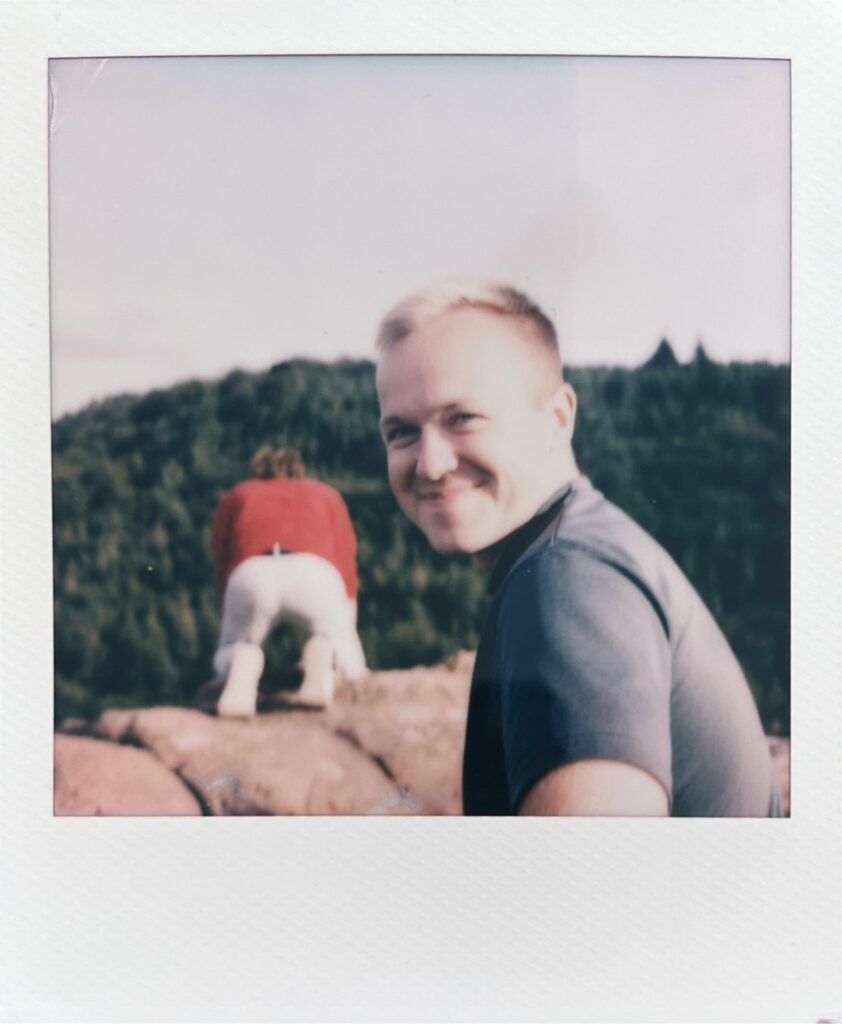
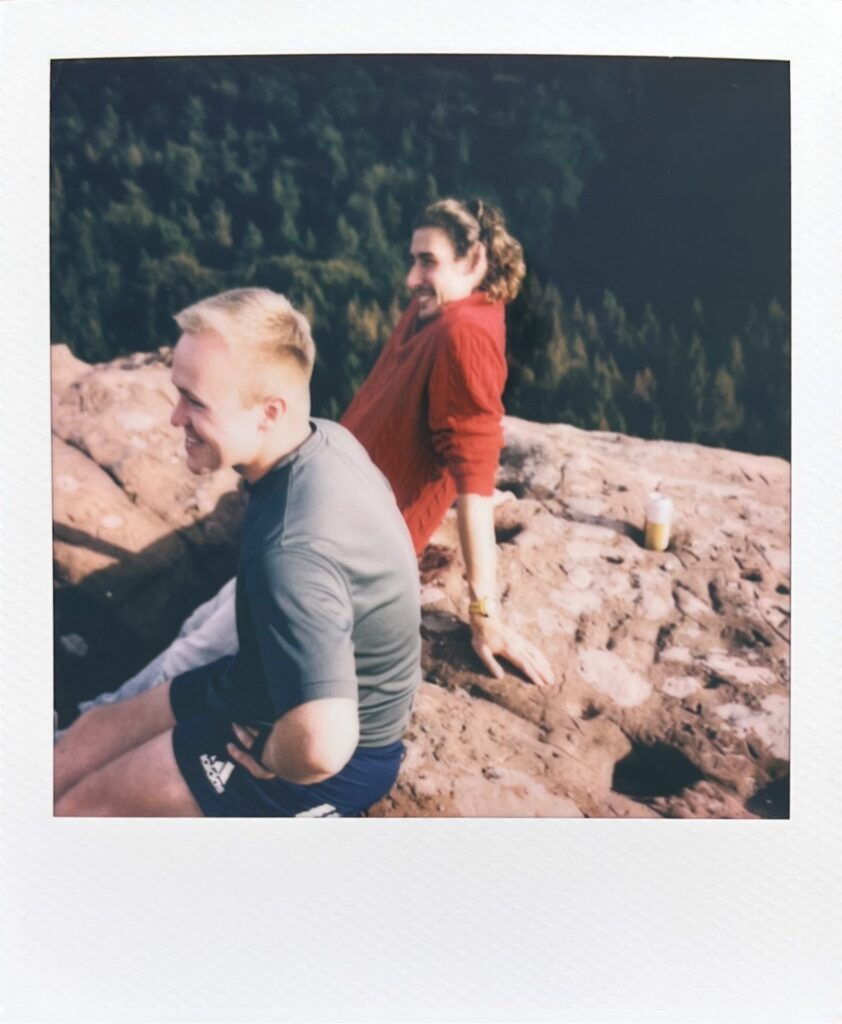
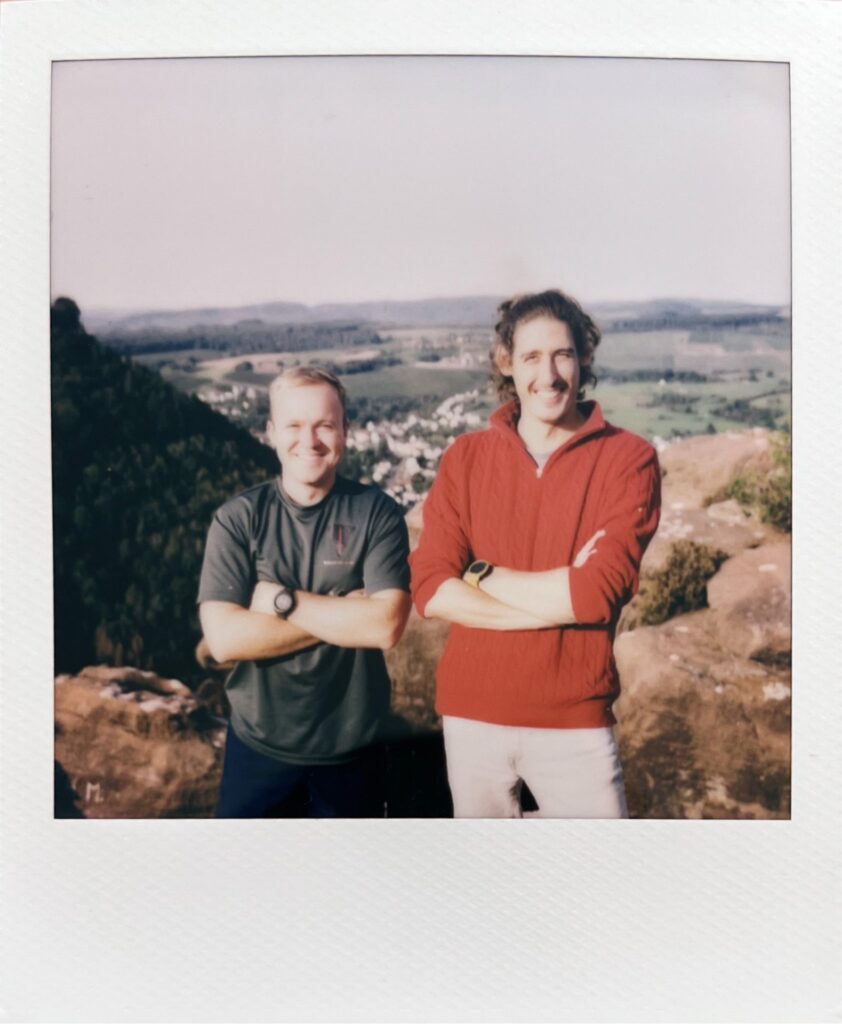
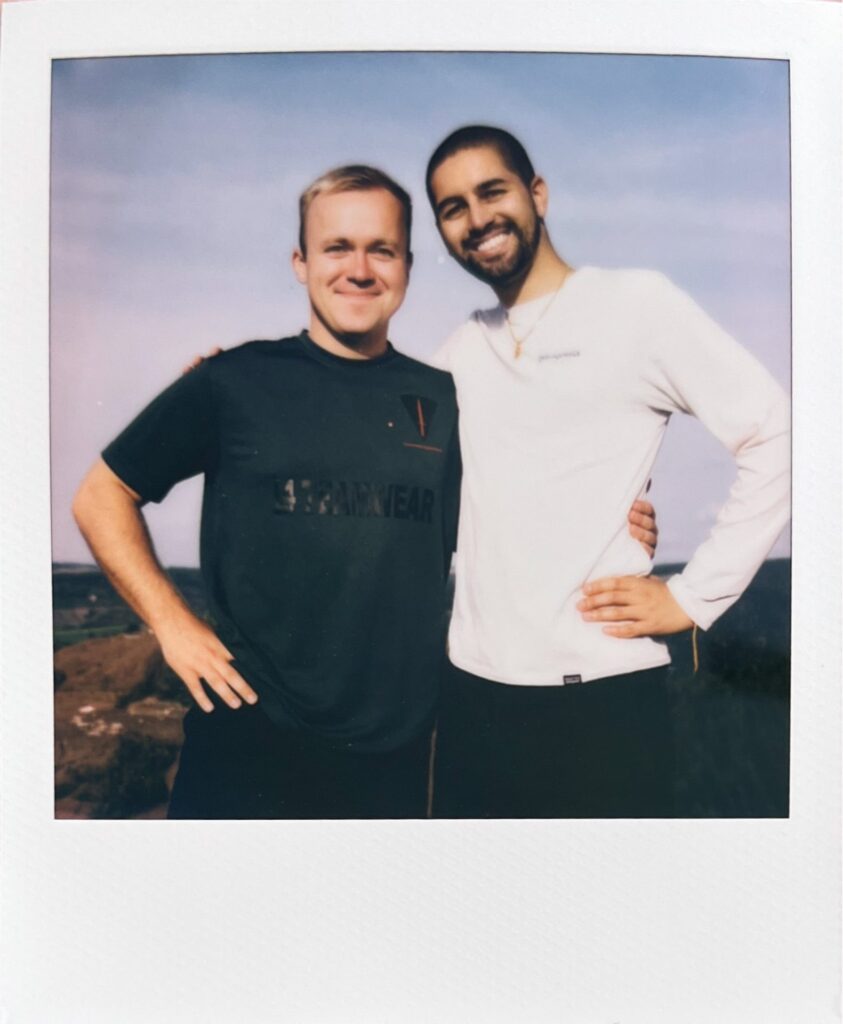
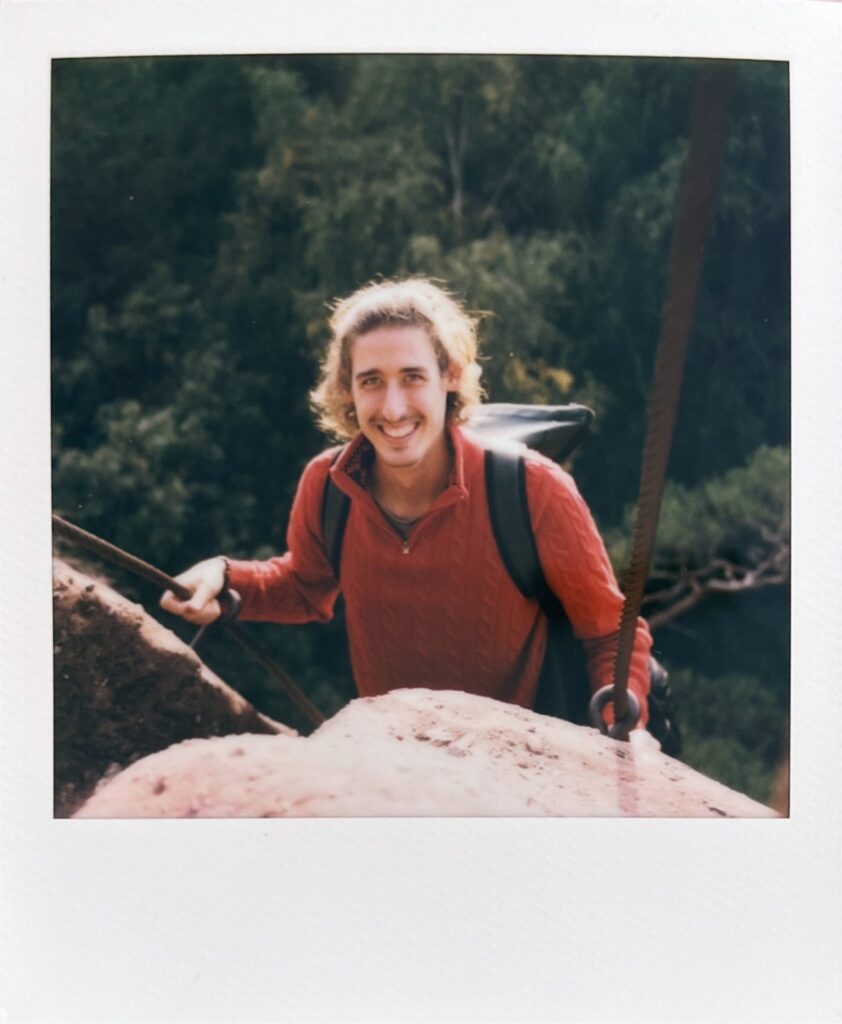
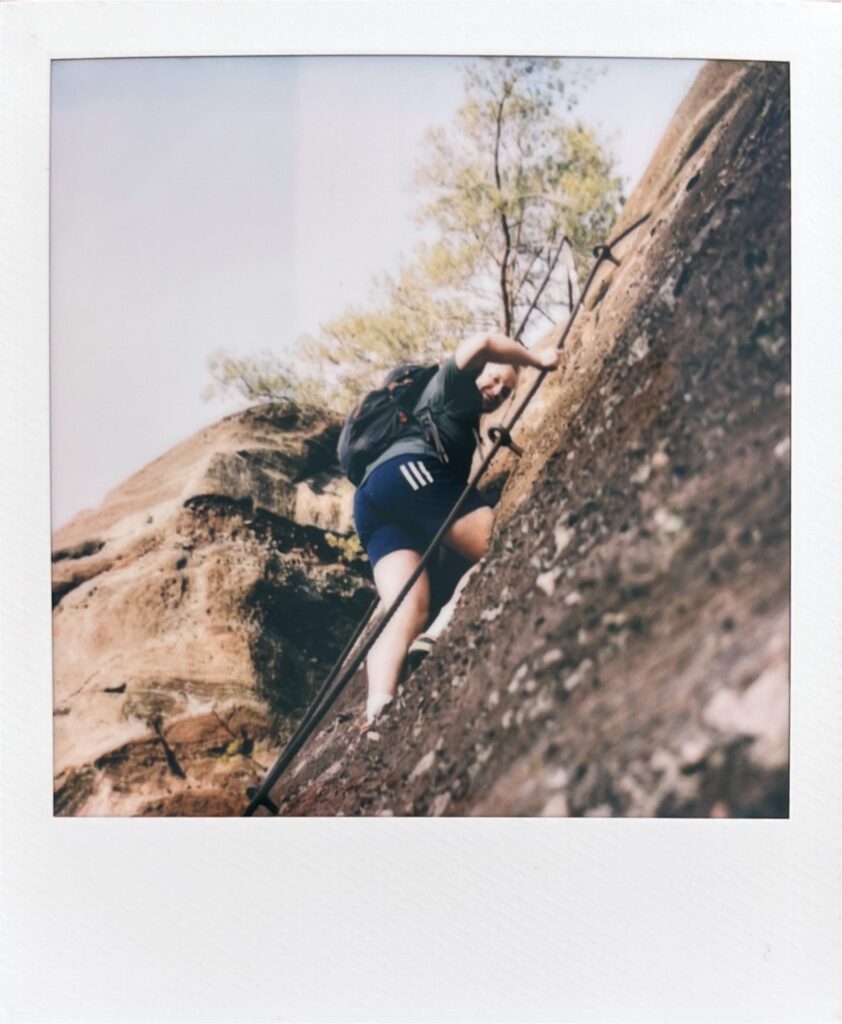
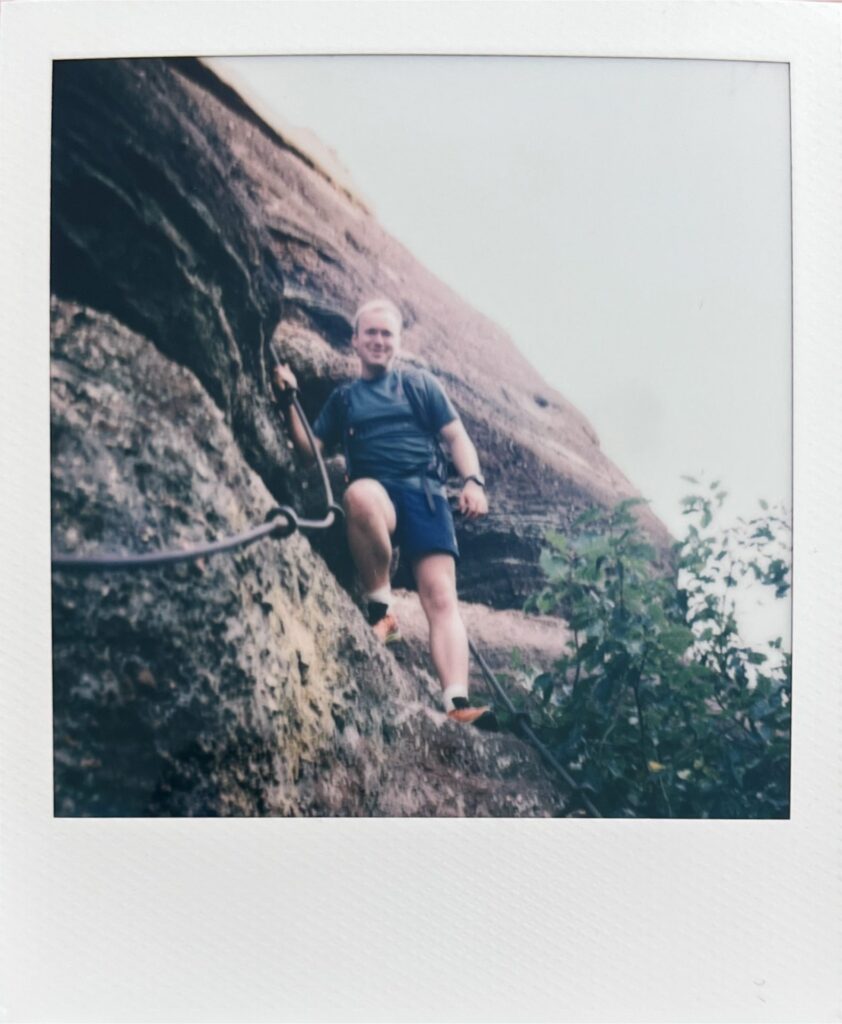
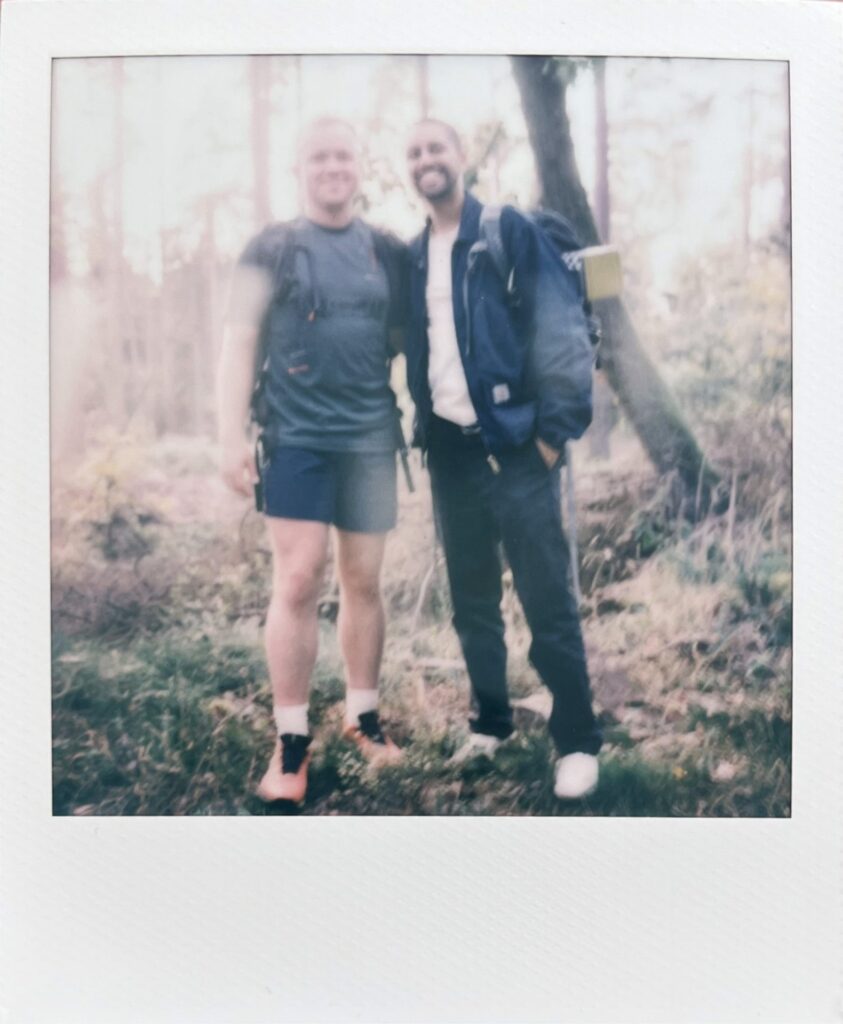
My Preliminary Thoughts on the Polaroid SX-70 (Sonar)
The Sonar module makes it so simple to hand off to friends and family who are able to easily shoot it, but equally; they are enamoured by the stylish look and fiendishly delicate folding design. Consequently, I have been asked about where to source one by a handful of friends. While Polaroid film is much more expensive than Instax and even rivals medium format film in cost of film to number of shots ratio, I think it is also one of the easiest and funnest formats available to us as photographers, both veterans and new-comers alike.
Polaroid themselves have a function within the Polaroid app which allows you to quickly and efficiently scan Polaroids at no cost. This means effectively all costs are paid for when you buy a pack of Polaroid film as the development is included within the packet. Fujifilm have since come out with a similar feature in another Instax application. God knows why they don’t put all of their Instax applications together like Polaroid have done instead of having a dozen different applications. I have also used a flatbed scanner to scan instant photos but the time savings and especially if you DSLR scan your film, not having a dedicated scanning setup for instant film and being able to do it anywhere is wonderful. I have used the Polaroid application to effectively scan film from everywhere from the boot of a car, to a bar, to my desk. Simply put, it’s easy and effective and reduces the barrier to entry both in terms of cost and difficulty. Consequently, all these shots have been given a quick and dirty scan, using my phone and the white balance has been set in Lightroom mobile using the dropper tool on the frame of the Polaroid. Yes, I know this isn’t perfect, but for me Polaroids are like memories, ethereal and fleeting and I just want to be able to quickly and easily share them with friends or save a quick digital copy and give the Polaroid away.
With Polaroids recent release of the I-2, I’m very tempted by all the features and manual controls but ultimately I’m trying to figure everything out through workarounds and DIY solutions (which I believe hold better to the ethos of instant photography’s experimental nature). The essence of instant photography allows for rapid feedback and lots of fun shots. The only downside is the that colours wash out easily due to the lack of dynamic range and specifically to Polaroid film, the chemical pods are sometimes less than predictable, however many people cite this as part of the Polaroid look and fun of shooting them over Fujifilms Instax line of film. I must state that in my personal experience with modern Polaroid film, results have been very good and only a small amount of shots have had issues due to defects, for others it was usually me pushing the camera and film too far. This is where I will end my current article on the Polaroid SX-70 Sonar, but next time! Experimentation on using flash with the SX-70! Unsynced and unhinged!
If you wish to see a quick video of the camera and some of my favourite photos taken with it, check out this link: Why the Polaroid SX-70 Sonar is my favourite EDC film camera
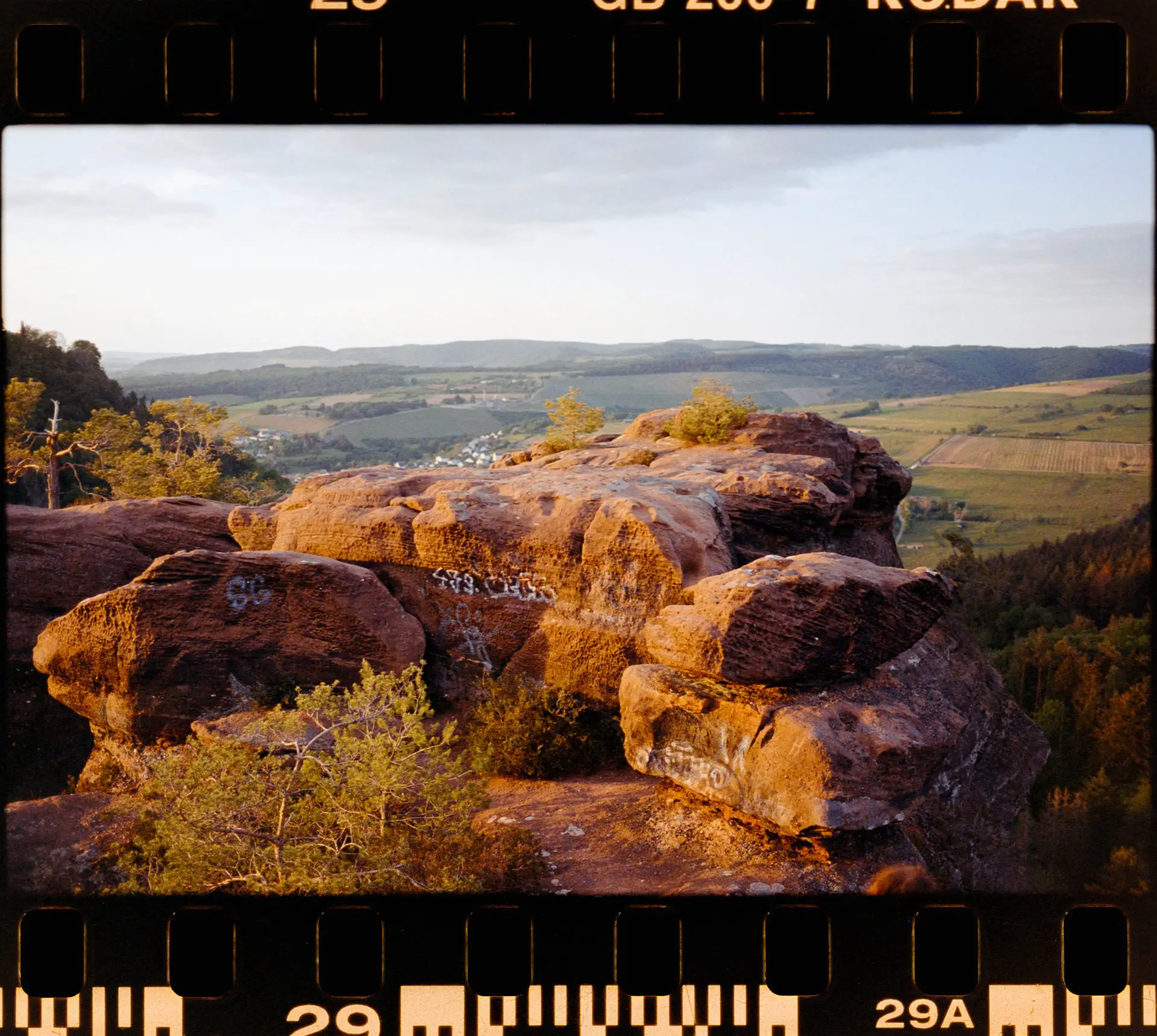
And so that you can see a wider view of the area considering how narrow the SX-70 fov is, here’s a bonus photo of the area that was taken during early summer using my Leica M6 whilst testing out a 35mm f2 Summicron Asph II.
Share this post:
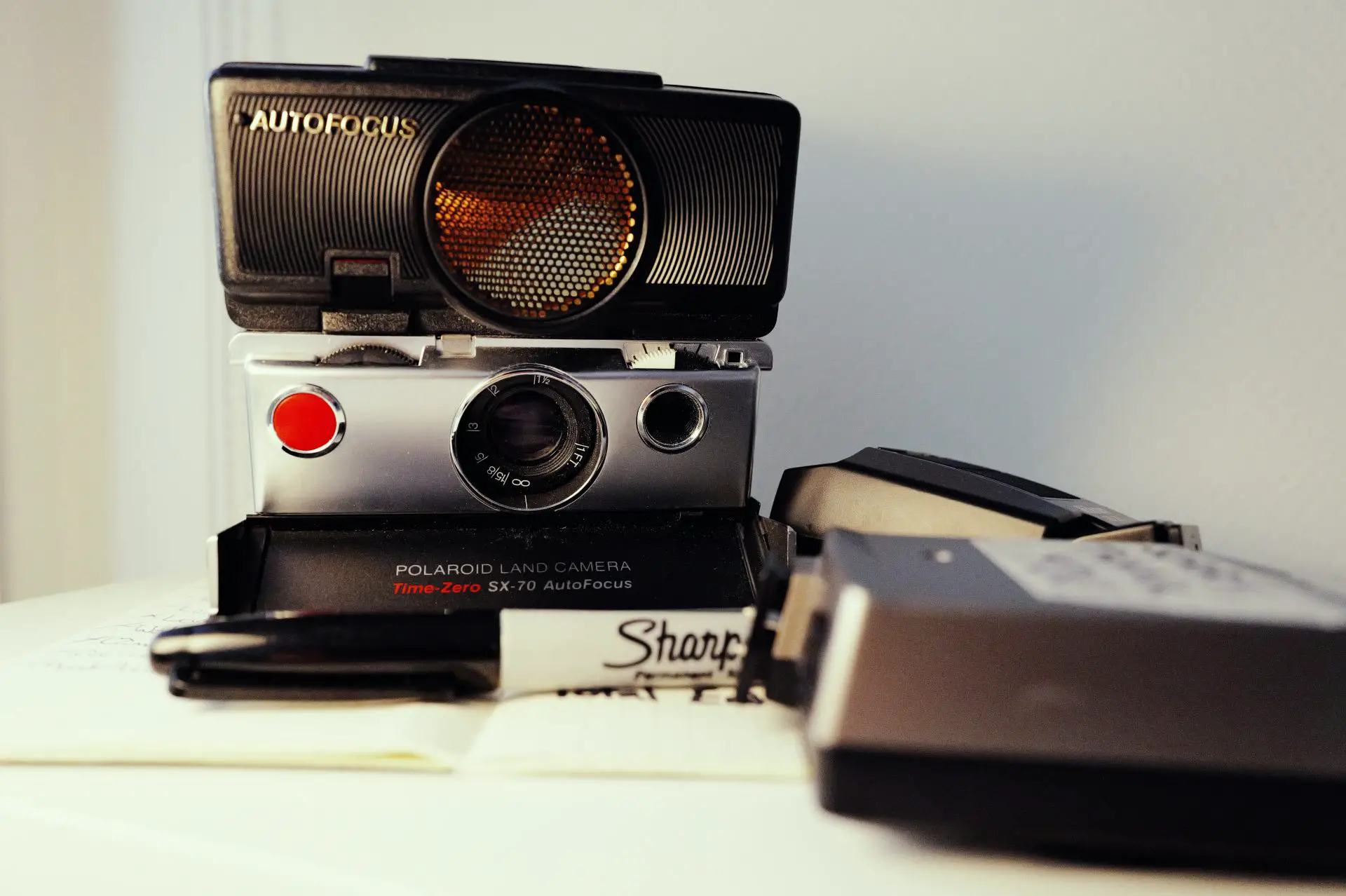
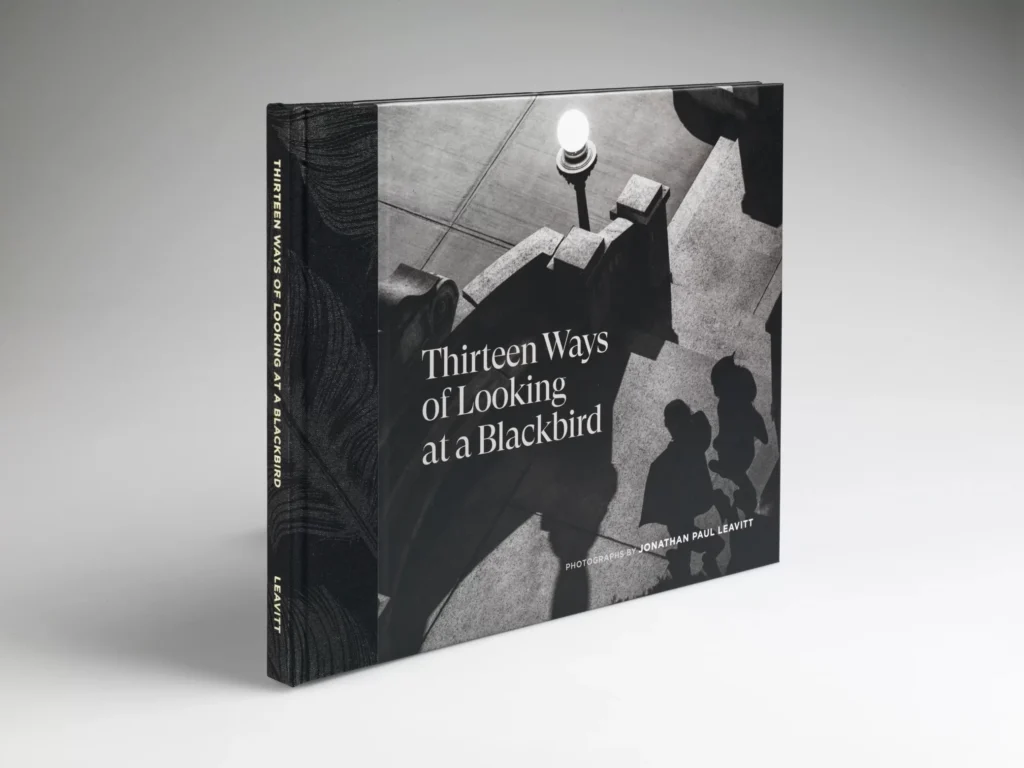

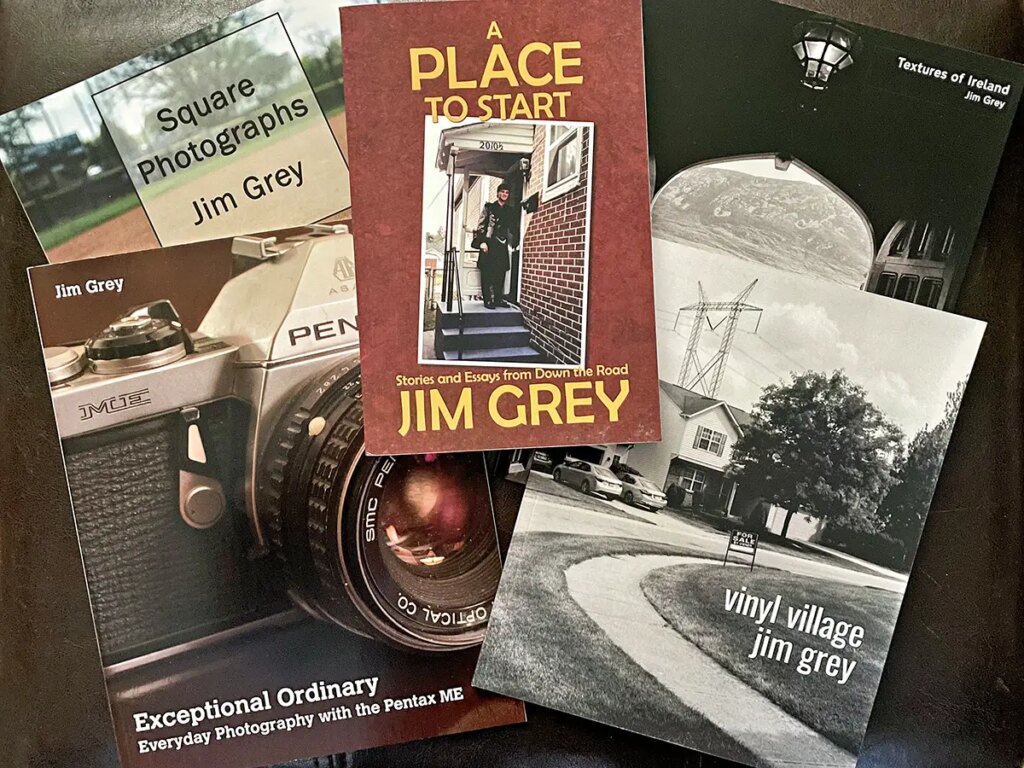
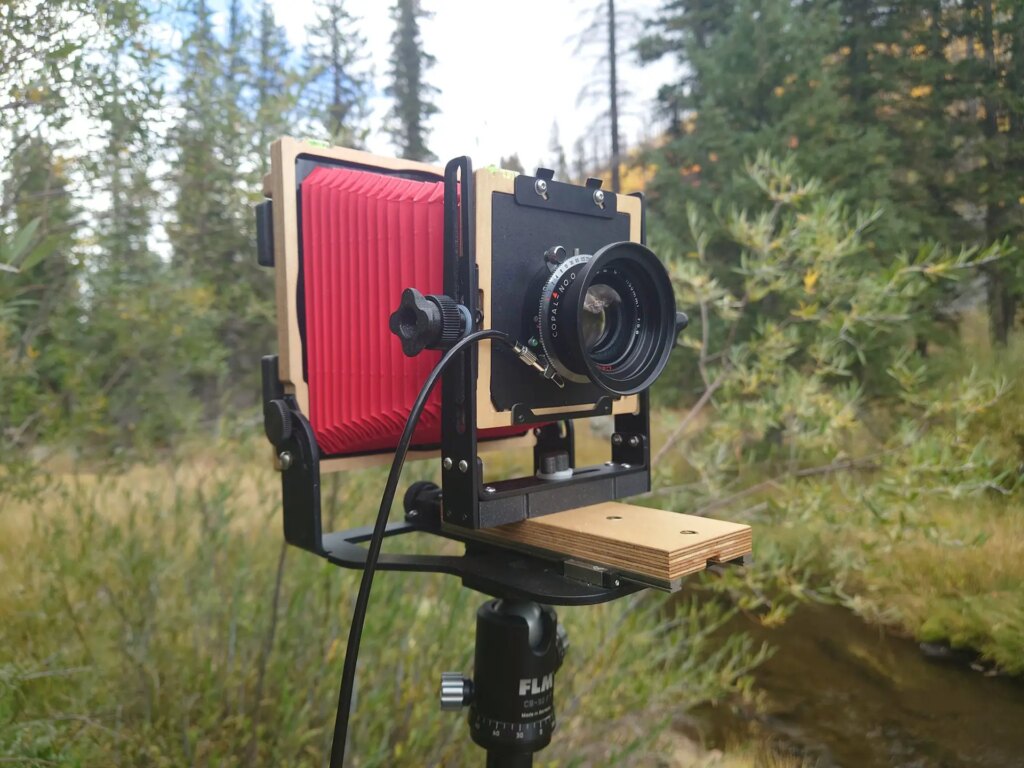




Comments
chris on Polaroid SX-70 – An Early Experience Shooting a Pack of Colour film at Pollock Light Rock
Comment posted: 15/01/2024
Comment posted: 15/01/2024
Eric Norris on Polaroid SX-70 – An Early Experience Shooting a Pack of Colour film at Pollock Light Rock
Comment posted: 15/01/2024